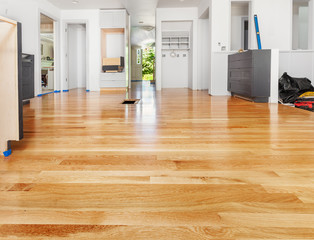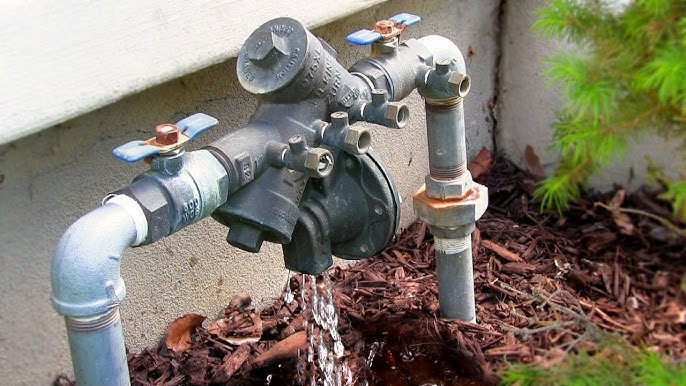Dirty grout isn’t just unsightly—it can be a breeding ground for harmful mold and mildew. It can also make your tile look old and unmaintained.
Use a manufactured cleaner designed specifically for tile and grout. Try this recipe: Baking soda acts as a mild abrasive, hydrogen peroxide loosens dirt and discoloration, and dish soap removes any greasy grime. Visit Website to learn more.
1. Scrub with a brush and cleaner
Some of the best tile and grout cleaners feature a scrub brush that makes the job go much faster. These brushes can be used in conjunction with water or a cleaning solution to remove stuck-on dirt, debris, and stains.
For a natural, non-chemical approach to tackling stubborn stains and grime, try using baking soda. It can be mixed with water to form a paste that will lift away stubborn dirt and stains from your tiles and grout. For an extra boost of stain fighting power, add hydrogen peroxide to the mix. Just be sure to test your solution on a small area before applying it to the entire surface to make sure that it won’t damage or discolor your tile and grout.
Bleach can also be effective in lifting stains from your tile and grout. However, it’s recommended that you use bleach-based cleaners sparingly, as prolonged usage can cause grout to deteriorate over time. Also, bleach-based cleaners often have a very strong smell that can be unpleasant for those with sensitive noses.
When using a bleach-based cleaner, apply the product according to its instructions and wait for it to sit on the grout for several minutes before scrubbing. After you’re finished, rinse the surface thoroughly with clean water to remove any remaining residue.
Using the right cleaner and the proper cleaning techniques will help you keep your tile floors looking their best. But for a truly professional-looking finish, it’s usually better to leave the grout cleaning and sealing to professionals. This will ensure that your tile and grout looks its best and is protected from future staining and deterioration.
2. Scrub with a sponge
A simple cleaning solution of water and a bit of dish soap can refresh tile and grout. Harsh cleaners can damage or weaken different types of tiles and may etch stone. If you can’t get your tile clean with this method, a heavy-duty grout cleaner like our top pick may be able to help. Just spray the formula on, let it sit for a few minutes and scrub. Rinse, then apply a sealer to protect your hard work.
For a deeper clean, try scrubbing your tiles and grout with a brush and a sponge that’s designed to be used on tile. Look for one that’s rounded to prevent scratching and has a texture similar to a natural sponge. You can also use a nonabrasive scrub brush, a scrub pad or a toothbrush. Avoid using metal scrubbers or rough brushes as they can scratch glass walls, plastic tubs or even some types of tile and grout.
If you find you need a stronger cleaner than the mild ones we’ve mentioned, try chlorine bleach or a cleaning product that contains it. Use these cleaners sparingly, though. Chlorine bleach is corrosive and produces toxic fumes, so be sure to work in a well-ventilated area. Rinse your tile and grout thoroughly, then dry the surface to avoid mold, mildew or stains.
You should also wipe down your bathroom tile and floors every two weeks or more to keep them looking fresh, especially in high-traffic areas where soap scum and grime can build up quickly. Use a microfiber towel or cloth, and always make sure the area is well-ventilated. And don’t forget to leave the shower door or curtain open for air circulation, too.
3. Scrub with a solution
Aside from scrubbing, a good grout cleaning requires a bit of sanitization and disinfection. Most experts recommend using a solution of water and hydrogen peroxide, which kills bacteria and bleaches surfaces. This cleaner is safe for sealed tile and grout, and can be purchased at grocery stores and drugstores.
Before applying a cleaner, it’s important to sweep up any loose dirt and dust. Then, apply the cleaner to a small area of the floor and scrub with a brush. For best results, allow the cleaning agent to sit on the grout for a few minutes (called dwell time) before scrubbing. This allows the cleaner to penetrate the pores and loosen dirt.
Be sure to follow the manufacturer’s instructions on how long to leave the cleaner on the tile and grout. Also, test any cleaner in an inconspicuous spot before you use it on the whole floor. It’s wise to wear rubber gloves during tile and grout cleaning to protect your hands from the harsh chemicals. You may want to wear goggles as well, to shield your eyes from splashes and fumes.
Once the grout is clean, rinse the surface with a damp sponge mop or towel. Be careful to not use too much water, as this can cause the tiles and grout to become saturated with water and appear dull. After rinsing, let the tile and grout air dry. For added protection, consider resealing the grout after it’s completely dry. Regular, weekly cleaning prevents grime from building up and helps keep grout looking fresh. In addition, scrubbing high-use areas of your home on a schedule will help prevent mold and mildew from developing. To keep your grout as bright as possible, it’s a good idea to have it professionally cleaned twice a year.
4. Scrub with a scrubbing pad
Grout is a popular finish for many floors, adding a nice touch of color and style to any room. However, despite its beautiful appearance it is also very porous and attracts dirt and grime like a magnet. Over time, this dirt can wear away at the grout and even cause it to lose its brightness and quality. This is why it’s important to have regular tile and grout cleaning to keep your tiles looking their best.
Whether your tiles are porcelain, ceramic or slate, scrubbing them regularly with a scrub brush can help to prevent dirt and grime build up and keep them clean. The key is to use the right kind of cleaner, something that will be safe and gentle on your grout. The best choice is a pH-neutral cleaner such as vinegar or a mild detergent. Avoid using acidic cleaners, as they can etch and discolor your tiles.
While you may be able to clean your grout with these simple tips, it can be difficult to get rid of stains that are particularly deep. If this is the case, it’s a good idea to contact professionals for professional grout cleaning. They can remove dirt, grime and stains from your tiles, leaving them looking new again and providing a better finish for your floor.
It’s recommended that you clean your grout on a weekly basis. If you do this, your floors will stay clean, fresh and beautiful for longer. Additionally, it’s a great way to protect your investment and ensure the longevity of your tile. If you don’t want to do this yourself, hiring a professional tile and grout cleaning company can save you time and money.
5. Scrub with a scrubbing brush
Tile and grout cleaning can be a tough job because of dirt that becomes trapped in the porous material. This dirt is difficult to remove with standard home cleaning products and requires extra elbow grease, stiff scrub brushes and a special cleaner. With the right products and hard work, you can restore your dirty grout to a clean, lustrous appearance.
When selecting a tile and grout cleaner, make sure the product is safe for your type of tile. Marble and natural stone are more sensitive to acidic cleaners, while some ceramic and porcelain tiles can be tainted by bleach-based cleaners. It is also important to read the label and test any cleaner in an inconspicuous area before using it on your entire surface.
A few weeks after your tile and grout cleaning, you can protect your investment by sealing the grout lines with a penetrating sealant. This will help to maintain your clean, lustrous floor and keep it looking great for longer.
To maintain your new clean, follow the advice from your tile and grout cleaning professional. Regularly schedule service to keep your tile and grout in a healthy and attractive condition.
Affiliate Disclosure: This Old House’s Reviews team is committed to bringing you objective, independent reviews of home products and services. If you buy something through our retail links, we may earn commissions at no additional cost to you. See our full disclosure policy.
Dirty, discolored grout can make an otherwise beautiful bathroom or kitchen look drab and dingy. The good news is that you can get rid of the dingy grout in your home with a few simple steps and a bit of hard work. The first step is to remove any furniture that you can move (using felt pads or other methods that won’t scratch the tile). Then, if necessary, remove items like rugs, mats, plants and trash cans.
















